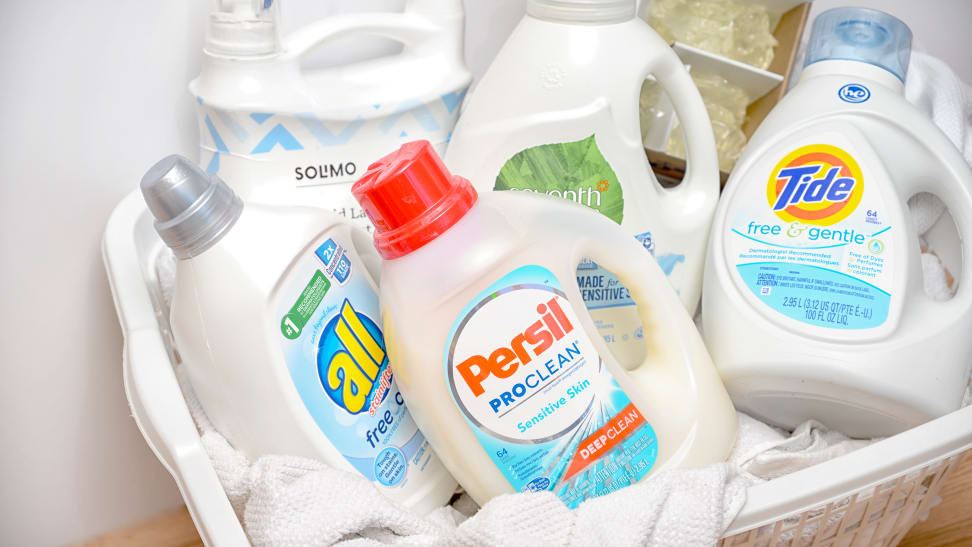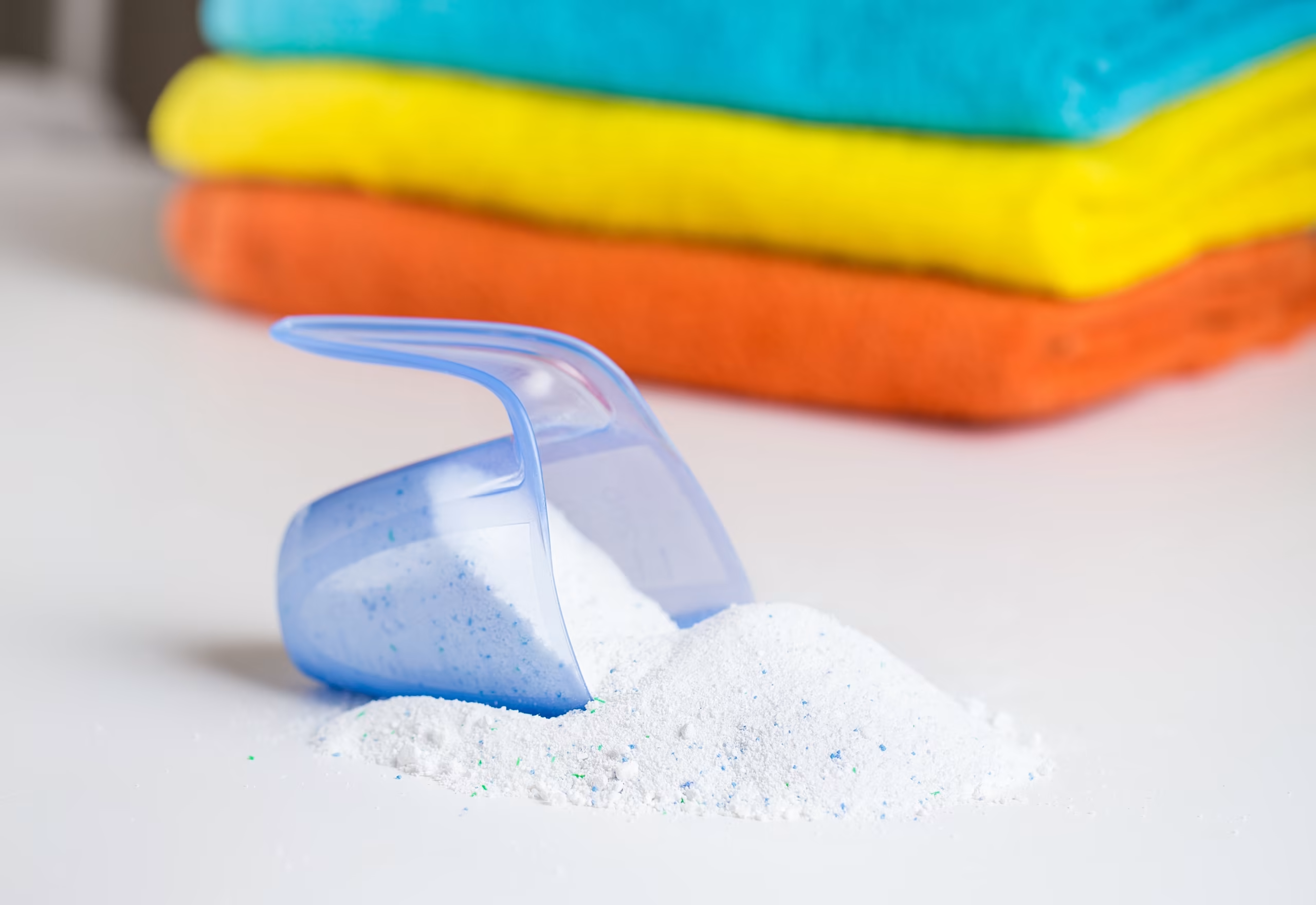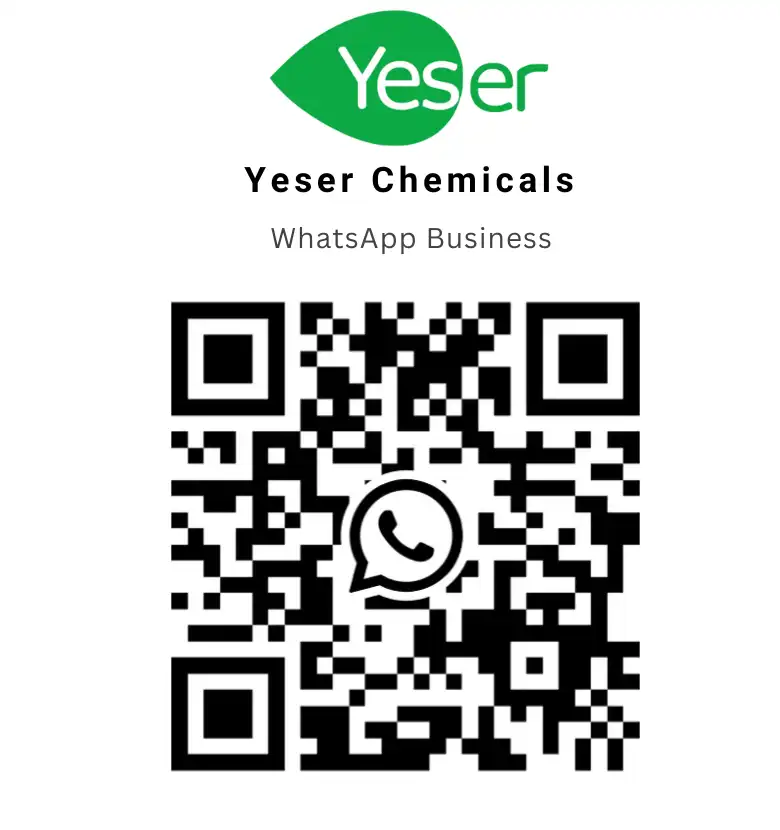In the quest for cleanliness, the rock we often stumble over is none other than hard water. As formulators, we know it all too well—the minerals that play havoc with our carefully calibrated detergent formulas. And many of you know the solution to this problem: to incorporate chelating agents or water softeners into our formulas.
However, when we face a hard water challenge, in formulating our detergents, is it a must to have a chelating agent or a water softener in our formula? At what ratio? Is it advisable to increase its ratio along with the water hardness?
These are some of the most common questions many detergent formulators and producers may have in formulating detergents. Just like a customer of ours who asked us this question and our sales manager gave him a direct and brief answer.

Motivated by our customer’s inquiry, we aim to delve further into this subject to provide a clearer understanding.
For detergent formulators in hard water regions, the question of increasing chelating agents in their formulas is a constant tango between cleaning power and practicality. These microscopic superheroes seem like the ultimate weapon against mineral mayhem, but blindly upping their dosage can be a costly, and potentially unsustainable, misstep. Let’s dive into the complex world of chelating agents in hard water detergents, where nuance reigns supreme and informed decisions pave the way to sparkling success.
Hard Water Woes: Understanding the Challenge
Hard water is notorious for hampering detergent capability. That pesky cloud of minerals, mainly comprising calcium and magnesium, latch onto detergents, sapping their strength. We’ve pinpointed the regions where this issue is rampant and the detergents that falter most in the face of this mineral onslaught. It’s these telltale signs—streaky glassware, limp laundry—that betray the presence of hard water.
The Impact on Detergent Performance
| Water Hardness | Effect on Detergents | Observations |
|---|---|---|
| Soft | Optimal performance | Bright laundry, full suds |
| Moderately Hard | Hindrance starts | Dullness, decreased suds |
| Very Hard | Significant issues | Filming, surfactant inactivation |
Identifying Affected Areas and Products
- Regions with a high prevalence of hard water include areas above limestone deposits.
- Budget brands and older detergent formulas are especially vulnerable.
- The hallmark of hard water interference is telltale soap scum and a diminished lather.
Chelating Agents: Essential for Effective Detergents
Chelating agents are the unsung heroes in the world of cleaning, essential for the high performance of detergents. These specialized molecules dramatically enhance a detergent’s cleaning abilities by binding to and neutralizing the problematic minerals typically present in hard water. This crucial intervention allows the chelating agents to effectively disarm the minerals, thereby preventing them from inhibiting the vital action of surfactants.
Thanks to the chelating agents, these surfactants can then fully focus on their primary task—breaking down and lifting away dirt and grease. By doing so, they ensure that detergents work consistently and efficiently, maintaining their cleaning power across diverse water conditions, from the softest to the most mineral-concentrated. The inclusion of chelating agents in detergent formulas is therefore vital for delivering spotless results and a satisfying cleaning experience.
Boosting Power, But Beware the Overdose:
Increasing chelating agent ratios undeniably adds punch to your detergent’s performance in hard water. Soap scum diminishes, stains surrender, and fabrics regain their lost vibrancy. This sounds like a dream come true, but like any powerful potion, it comes with caveats.
Cost Creep: When the Hero Becomes the Burden:
Higher chelating agent concentrations translate to higher production costs. While the performance boost might be alluring, it needs to be weighed against its impact on your bottom line. Studies by Nielsen Consumer Insights show that price remains a top factor for detergent purchase decisions, with a 4% price increase potentially leading to a 10% market share drop. Therefore, exploring alternative strategies like utilizing hard water-tolerant surfactants or adjusting your formulation for mineral binding can offer similar cleaning power at a more budget-friendly price.
Practical Strategies for Hard Water Detergents: Liquid vs. Powder
The battle against hard water demands flexibility in your detergent arsenal. While the allure of simply cranking up the chelating agent ratio might seem tempting, understanding the nuances of liquid and powder formulations reveals a more strategic approach.
Liquid Detergents: Hard Water-Tolerant Surfactants Take the Stage
For liquid detergents, the good news is that a variety of hard water-tolerant surfactants exist, offering an effective and cost-conscious alternative to increasing chelating agents. These heroes, like SLES, SLS, AOS, AEO-9, CDEA, and CAPB, can easily be incorporated into your formulas, often at lower costs than the commonly used chelator, EDTA-2Na.
This makes sense when you consider the primary role of chelating agents in liquid detergents. Here, they primarily manage hard water issue within the detergent itself, preventing unsightly sediment formation that can tarnish your product’s appearance. For tackling hard water during the actual washing process, relying on these hard water-tolerant surfactants proves to be a more practical and cost-effective strategy.
Therefore, in liquid detergents, sticking to the typical 0.1-0.2% range of EDTA-2Na is often sufficient. Remember, the key lies in harnessing the power of synergy effect among the hard water-tolerant surfactants, maximizing their efficacy while keeping costs in check.

Powder Detergents: Where Chelating Agents Shine
Due to various limitations and considerations of production process, surfactant characteristics, and cost, the primary surfactant in powder detergent formulas is LABSA. LABSA is notoriously sensitive to hard water. This is where chelating agents or water softeners take center stage, playing a crucial role in unlocking cleaning power.
Here, the cost-effectiveness factor comes into play. In the alkaline pH range (10-11) typical of powder detergents, STPP reigns supreme. It performs significantly better than EDTA-2Na at this pH, while also being cheaper than both the chelator and the primary surfactant, LABSA. This makes it an ideal choice for powder formulations, often added at a considerable ratio of 5-12%.
Cost-effectiveness is a pivotal consideration here. Within the alkaline pH spectrum of 10-11, common for powder detergents, STPP can perform its best chelating ability. Moreover, it is more affordable than both EDTA-2Na and the primary surfactant, LABSA. Its superior performance and economic advantage render it the preferred option for powder detergent formulations, where it is customarily incorporated at significant levels, typically ranging from 5 to 12 percent.
However, 4A zeolite emerges as another compelling option. Its cost-efficiency coupled with its eco-friendliness make it a emerging alternative to STPP, offering formulators flexibility in their powder detergent strategies.

Conclusion: Tailoring Your Approach for Sparkling Success
The story of hard water detergents is one of adaptation and strategic choices. Recognizing the differences between liquid and powder formulations, understanding the strengths of hard water-tolerant surfactants and cost-effective chelators/water softener like STPP and 4A zeolite, empowers you to craft formulas that conquer hard water with precision and efficiency. Remember, there’s no one-size-fits-all solution. By carefully considering the specific needs of your detergent and target audience, you can unlock the full potential of your formulations, delivering sparkling clean results regardless of the water conditions.






